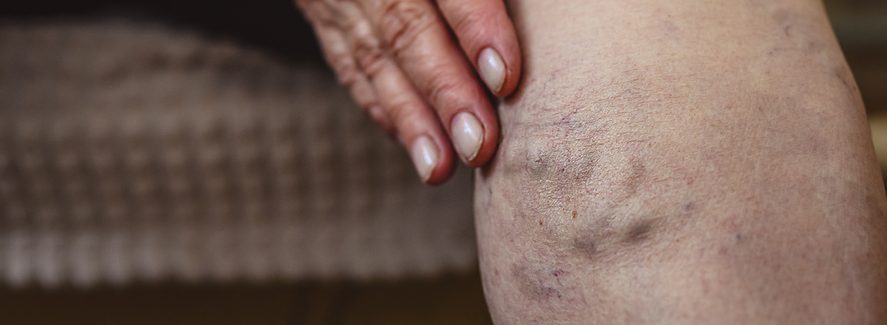Currently, there are millions of people all across the country are suffering from some form of vein disease. Many of these people don’t seek treatment for it because they believe it is a relatively minor problem, but that is a decision that could have serious and potentially fatal consequences.
Learning about the severity of vein disease and what could happen if treatment is not sought can help you understand why it is so important that seek medical help for this problem.
What is Vein Disease?
Veins, which are thin-walled structures, are responsible for helping the blood in your body flow. Each vein throughout your body directs blood in one direction. A vein can direct blood from the heart to tissues and organs in the body or it can direct it from the tissues and organs and send it back to the heart. Unfortunately, that doesn’t happen in people who have a venous disease.
People who have developed venous disease experience damage to the thin walls of the veins. When the thin walls are damaged it prevents the blood from properly flowing throughout the body. Blood flow is hindered because the walls of the veins will collapse or twist which causes the blood to back up in the veins as opposed to flowing freely. If blood cannot continuously flow to and from the heart to other parts of the body because of damage to your veins, a number of problems can develop.
The problems that can develop as a result of venous disease range from very minor, cosmetic problems that don’t hinder your day-to-day life to serious problems such as ulcers and blood clots. The types and severity of the symptoms differ on a case-by-case basis.
Exploring the Different Types of Venous Disease
Venous disease is a general term that describes any problem that affects the flow of blood through the veins. Some of the specific disorders that are classified as vein disease include:
- Varicose veins – large, twisted veins usually found in the legs. This disorder is usually not life-threatening but can cause extreme discomfort.
- Superficial thrombophlebitis – a small blood clot that occurs in the veins located near the surface of the skin. Usually identifies by the appearance of red, tender skin near the vein that has a blood clot.
- Deep-vein thrombophlebitis (DVT) – development of a severe blood clot that occurs in the veins located deep below the skin’s surface. Most cases of DVT are asymptomatic. Early treatment of DVT is needed to prevent potentially life-threatening problems, such as strokes or pulmonary embolisms.
The type of treatment you need for your venous disease will depend upon what your symptoms are, what disorder you experience, and your comfort levels. Some of the treatment options that are available include endovenous laser treatment, sclerotherapy, and radiofrequency ablation.
Avoid Serious Health Problems by Scheduling an Appointment with a Vein Specialist
It is impossible to know if your swollen or tender leg, bulging veins, or red skin is being caused by a relatively minor venous disorder or if it the first signs of a more serious problem. Scheduling an appointment with a vein specialist allows you to determine what may be causing these problems. If it is determined that you could be suffering from a more serious vein disease, such as DVT, treatment can be quickly administered before you experience serious and potentially fatal problems.
Think you may be experiencing symptoms of vein disease then schedule an appointment at Vein911. Dr. Chris Pittman, our vein doctor, will assess your individual case, run any diagnostic testing, help you get a proper diagnosis, and provide you with treatment recommendations. Call our office today to schedule an appointment.













